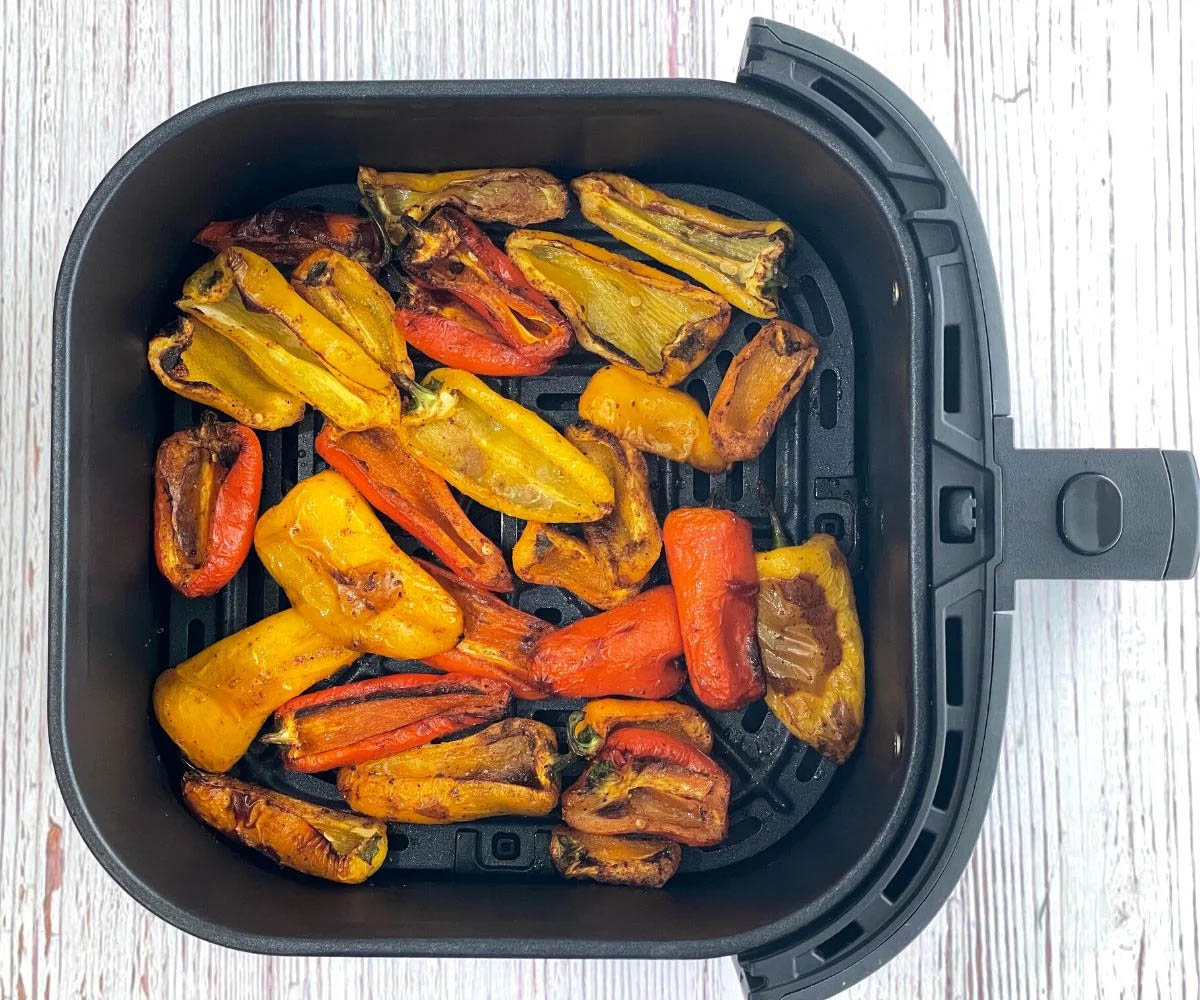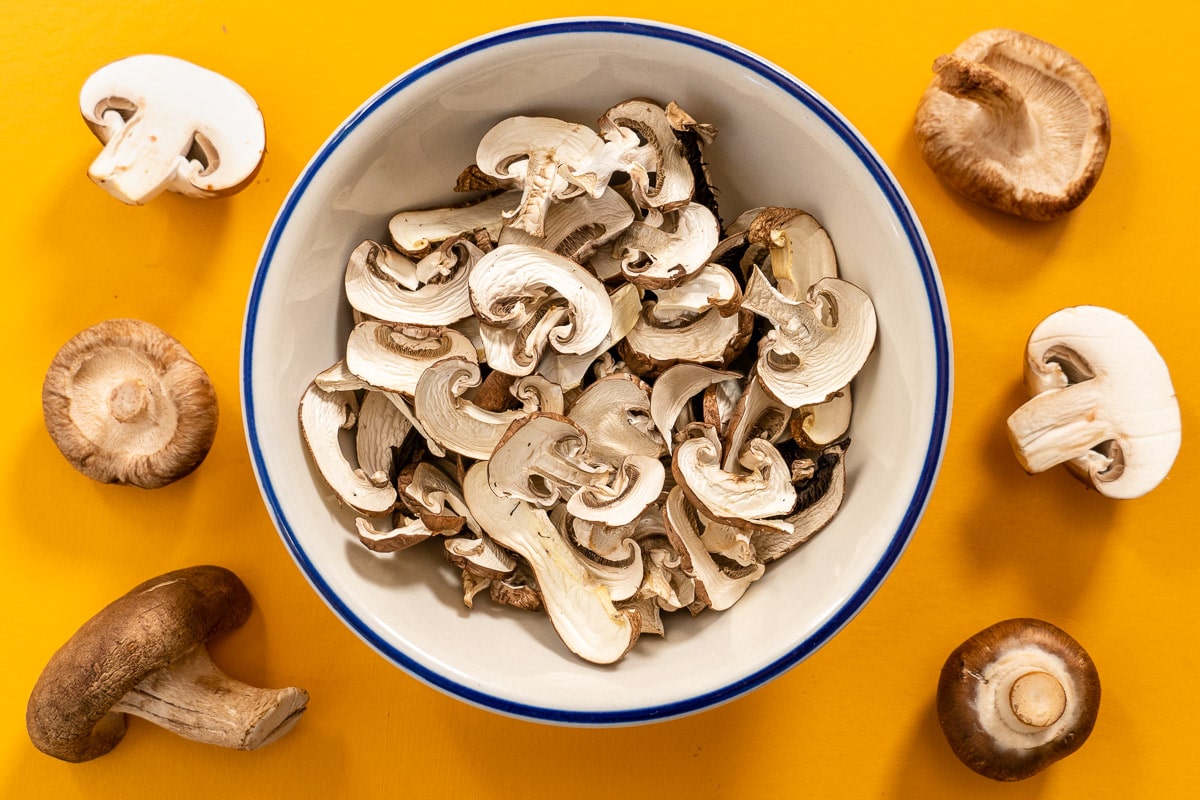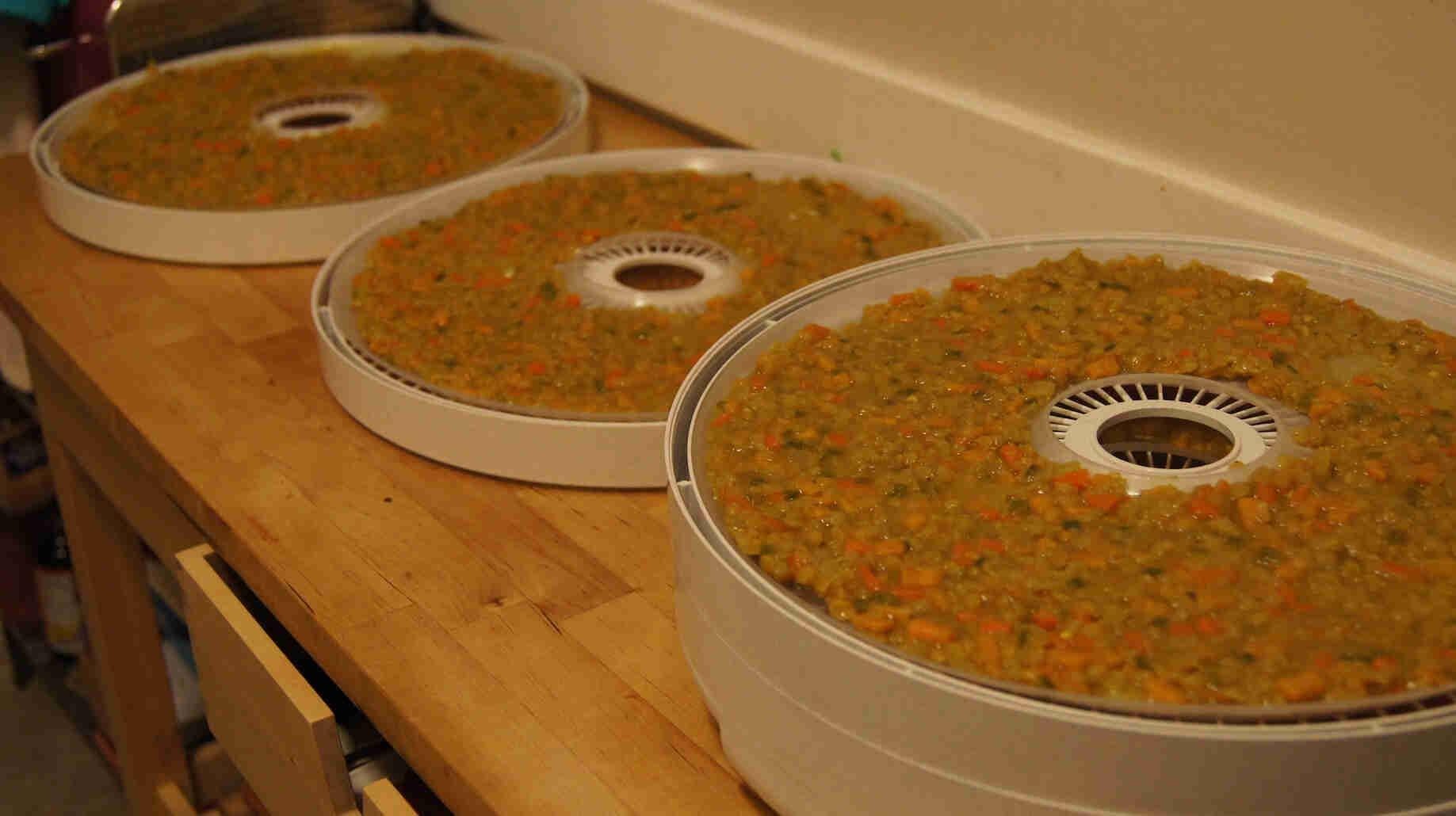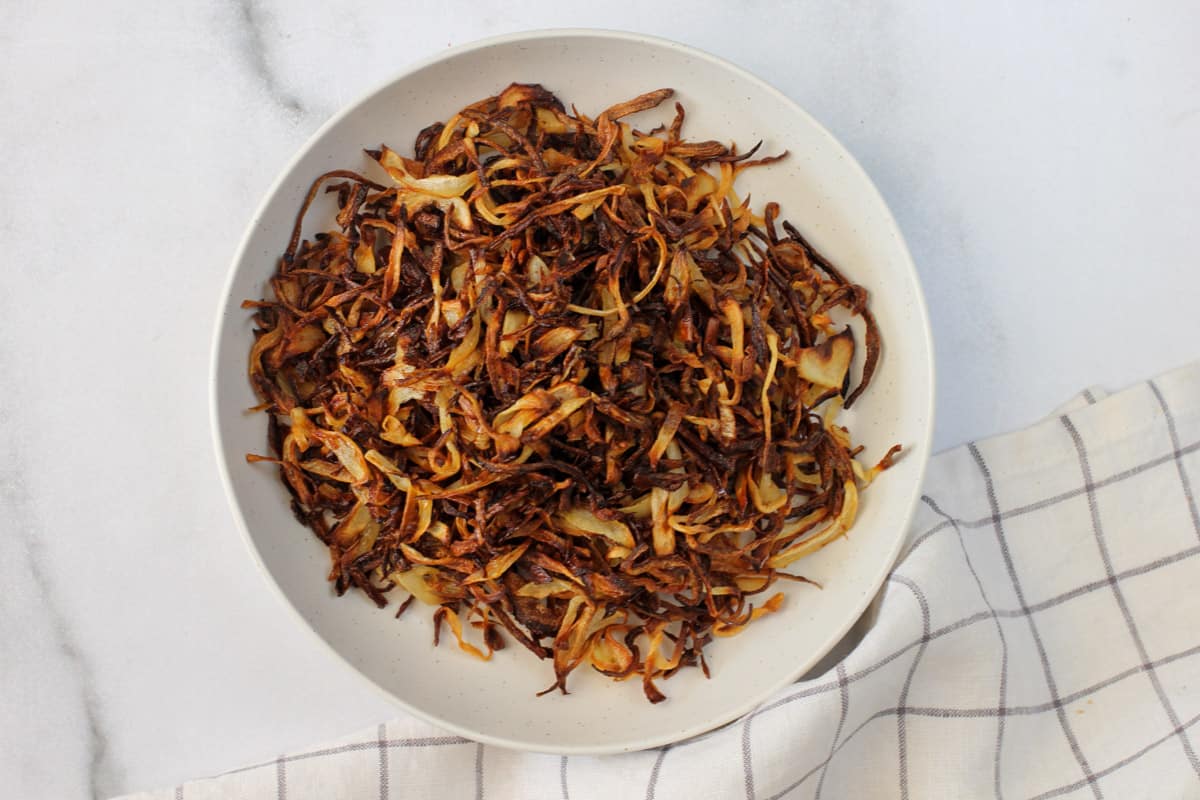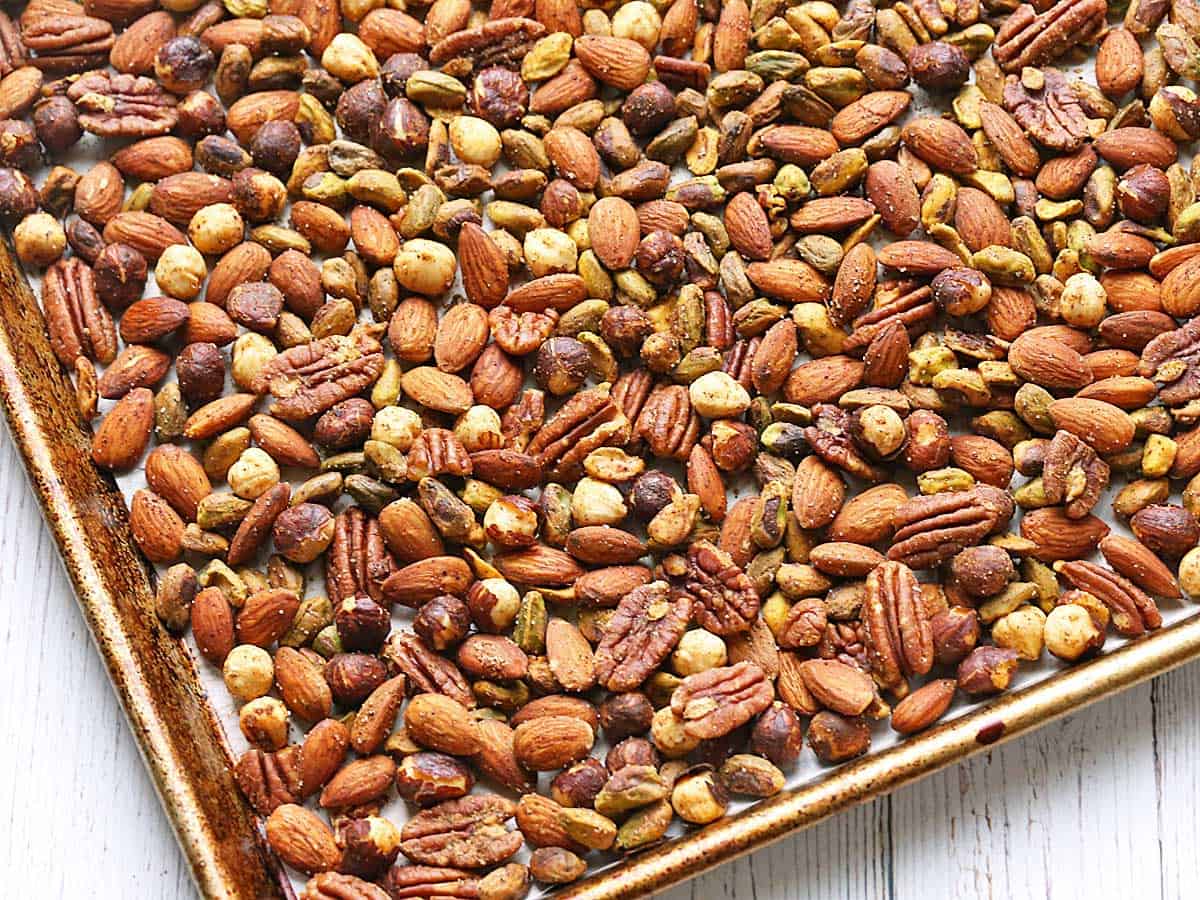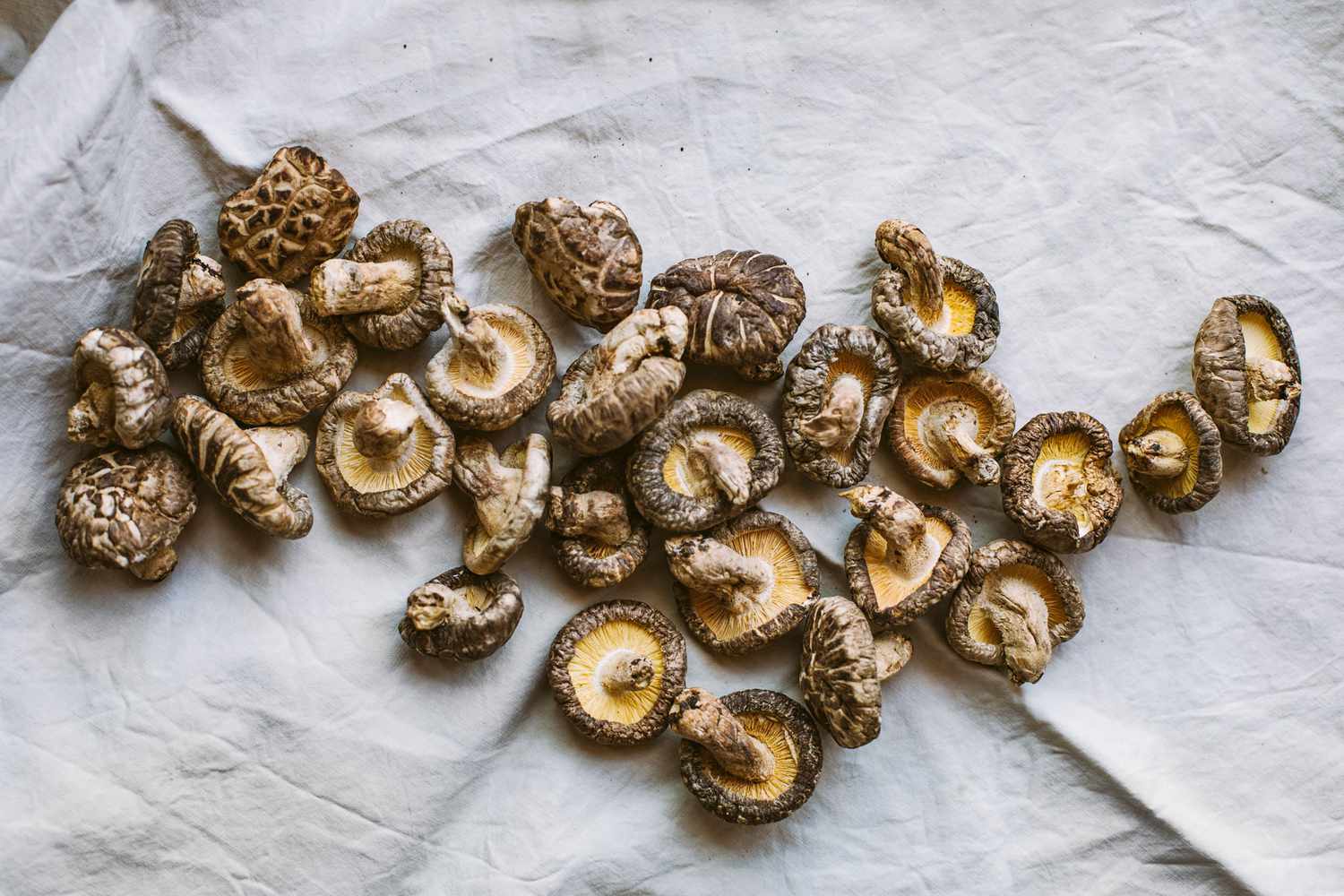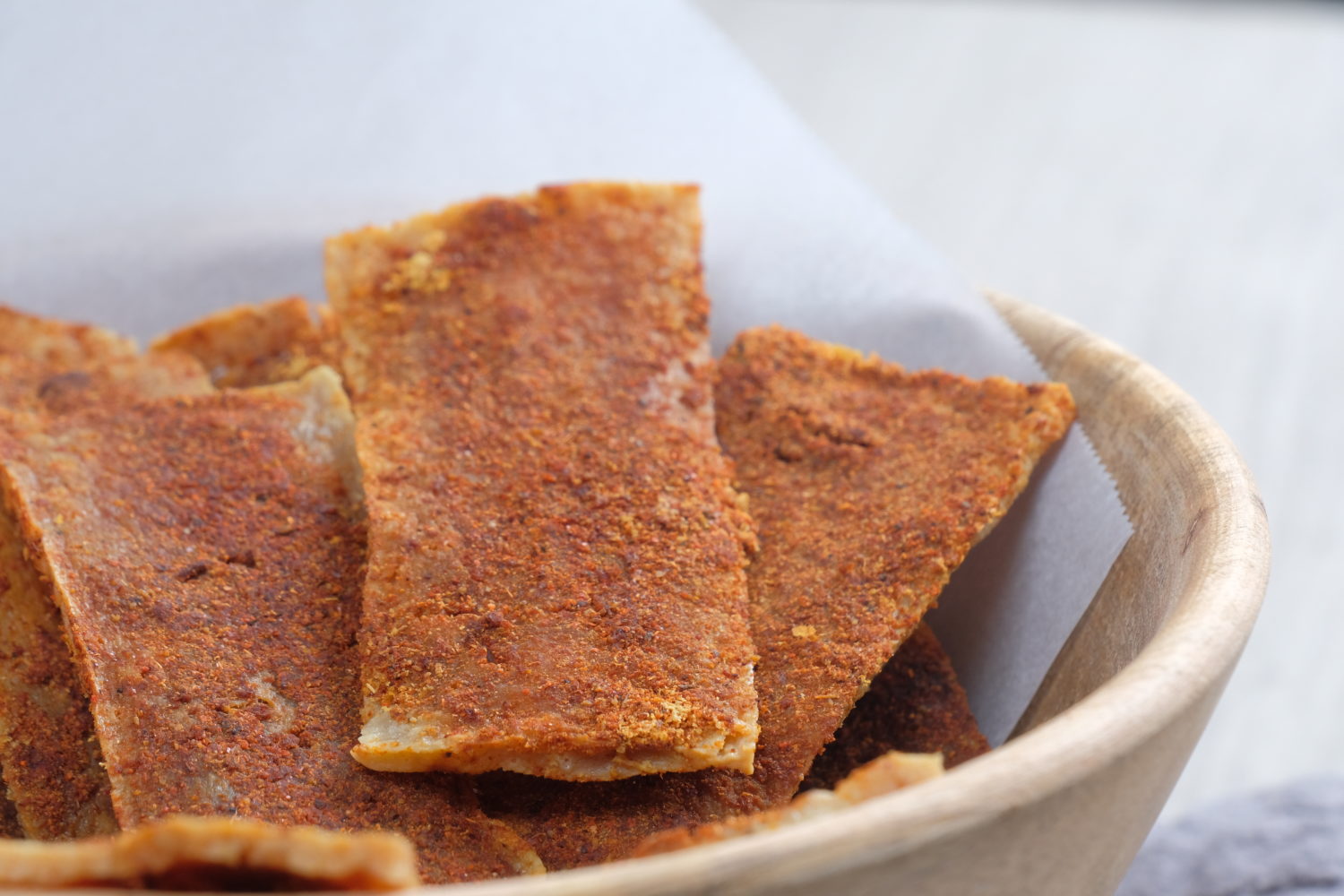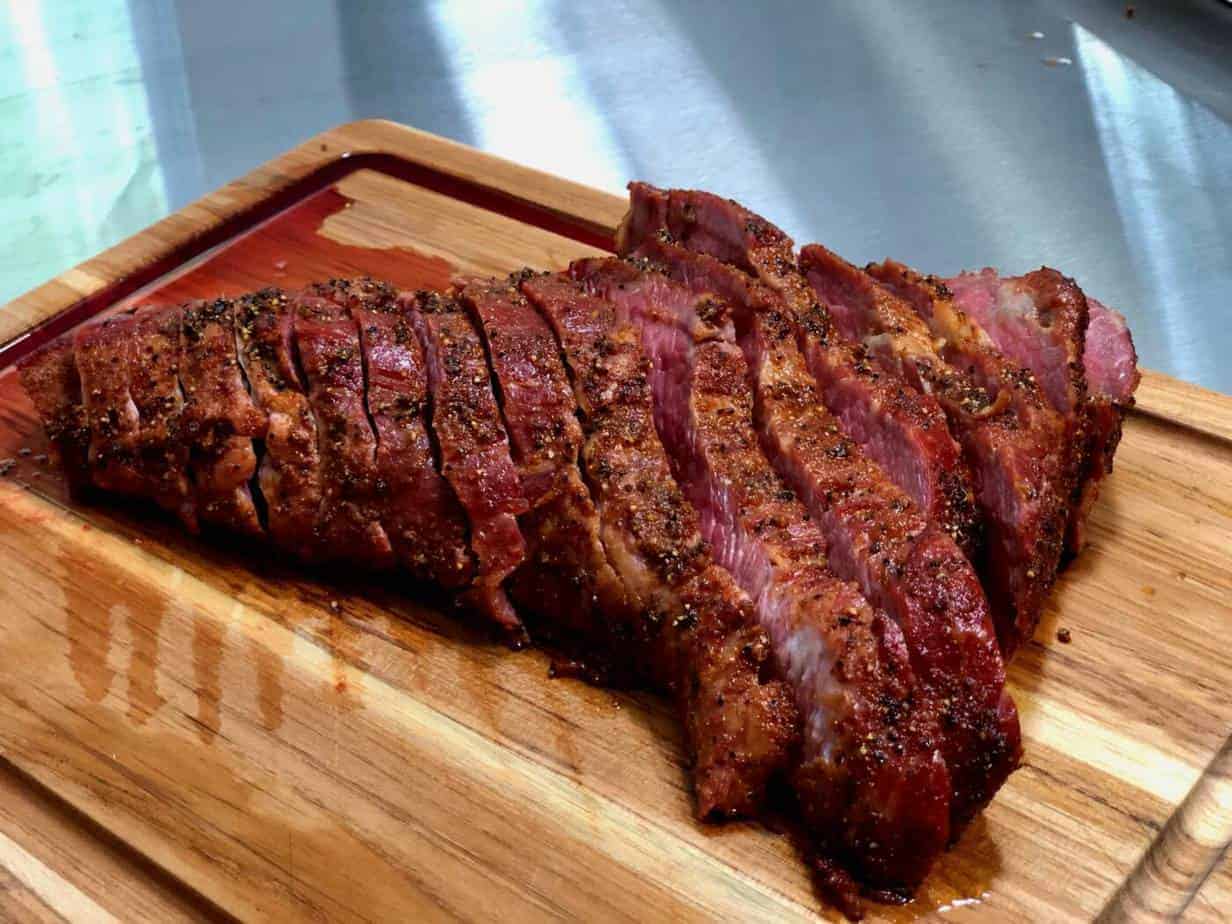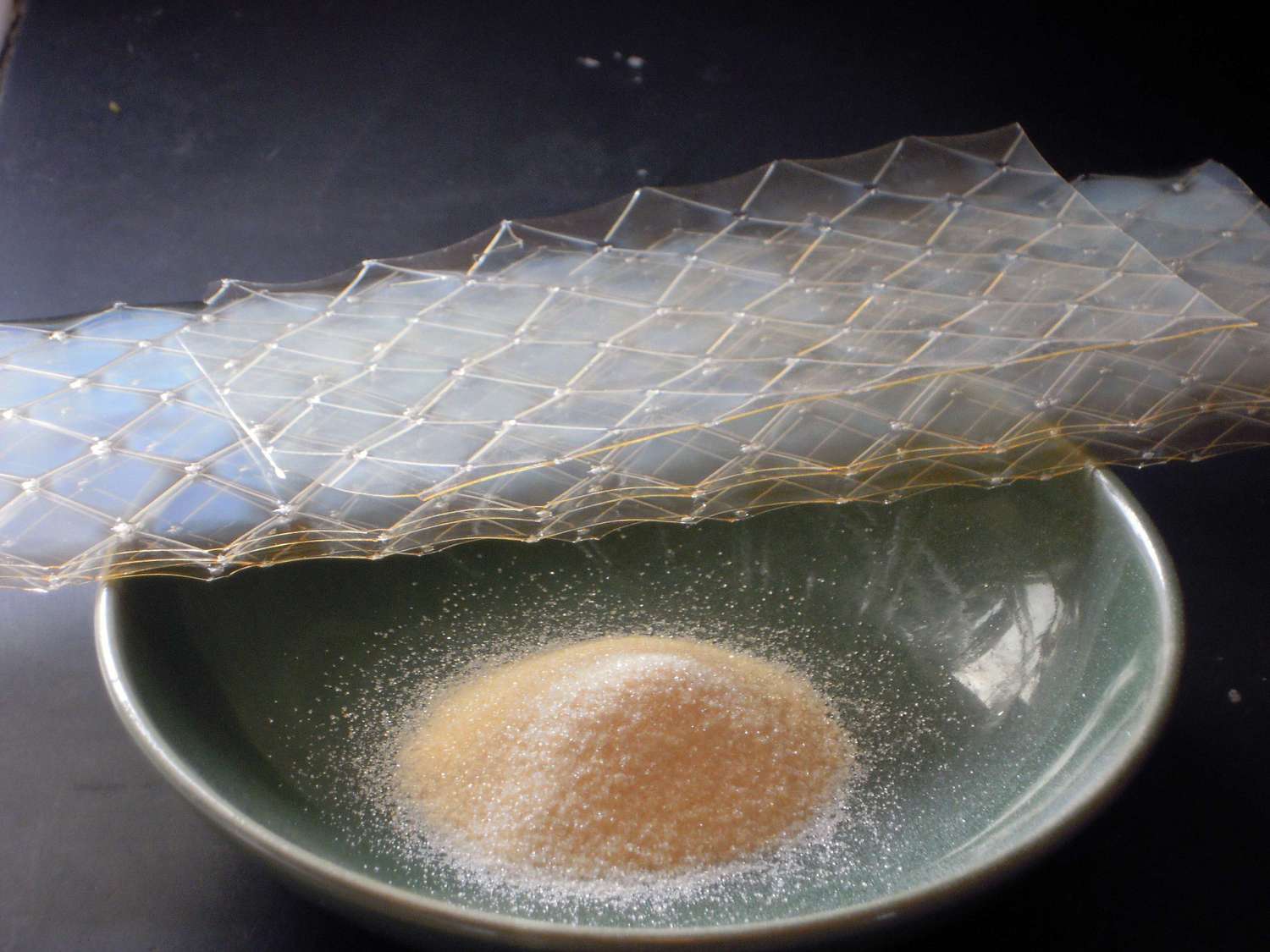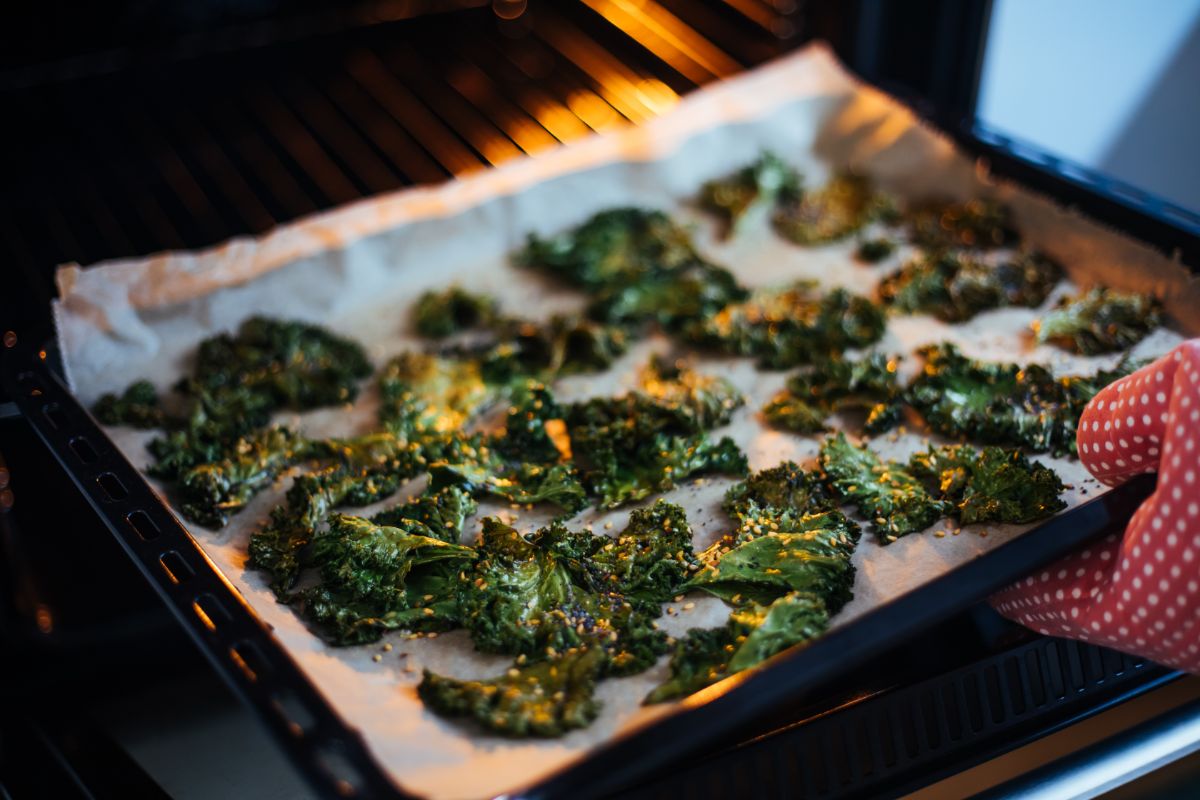Dehydrating Ramps: A Step-by-Step Guide
Dehydrating ramps is a great way to preserve their unique flavor and enjoy them all year round. Ramps, also known as wild leeks, have a short growing season, making dehydration an excellent method for extending their shelf life. Whether you foraged them yourself or picked them up at the farmer’s market, dehydrating ramps is a simple process that allows you to savor their delicious taste long after their season has passed.
What You’ll Need:
- Fresh ramps
- Sharp knife
- Cutting board
- Dehydrator
- Container for storage
Step 1: Cleaning and Preparing the Ramps
Start by cleaning the ramps thoroughly to remove any dirt or debris. Trim off the roots and any wilted or damaged parts. Once cleaned, separate the bulbs from the leaves and stems.
Step 2: Slicing the Ramps
Using a sharp knife and cutting board, slice the ramps into uniform pieces. This will ensure even drying and consistent results.
Step 3: Loading the Dehydrator
Arrange the sliced ramps in a single layer on the dehydrator trays, making sure to leave space between each piece for proper air circulation.
Step 4: Dehydrating the Ramps
Set the dehydrator to a low temperature, around 125°F to 135°F, and allow the ramps to dry for 6 to 8 hours. Check the progress periodically, and rotate the trays if necessary to ensure even drying.
Step 5: Testing for Dryness
To check if the ramps are fully dehydrated, remove a piece from the dehydrator and allow it to cool to room temperature. The ramp should be dry and brittle to the touch, indicating that it is ready for storage.
Step 6: Storing the Dehydrated Ramps
Once the ramps are completely dry, transfer them to a clean, airtight container for storage. Keep the container in a cool, dark place to maintain the quality of the dehydrated ramps.
Ways to Use Dehydrated Ramps
Dehydrated ramps can be rehydrated and used in a variety of dishes to add a burst of flavor. Here are a few ideas to get you started:
- Rehydrate the ramps and add them to soups and stews for a rich, earthy taste.
- Grind the dehydrated ramps into a powder and use it as a seasoning for meats, vegetables, or dips.
- Infuse the ramps into oil or vinegar for a unique and flavorful dressing or marinade.
Dehydrated ramps are a versatile ingredient that can elevate your culinary creations with their distinct onion-garlic flavor. By following these simple steps, you can enjoy the essence of ramps throughout the year, adding a touch of wild, foraged goodness to your favorite dishes.
Exploring More: Recipes and Uses for Dehydrated Ramps
Now that you've mastered the art of dehydrating ramps, it's time to put your skills to the test with some delightful recipes. Delve into the savory layers of Ramp and Potato Soup or add a twist to your pasta nights with Wild Ramp Pesto Pasta. For those who enjoy a good bake, the Ramp and Cheddar Quiche comes highly recommended for its rich flavors and satisfying texture. Each recipe provides a unique way to incorporate dehydrated ramps, enhancing your dishes with their distinct, garlicky flavor. These selected recipes are not only a way to utilize your new skill but also perfect for impressing guests or adding a gourmet touch to your everyday meals.
Was this page helpful?
Read Next: How To Dehydrate Fresh Mandarin Oranges
